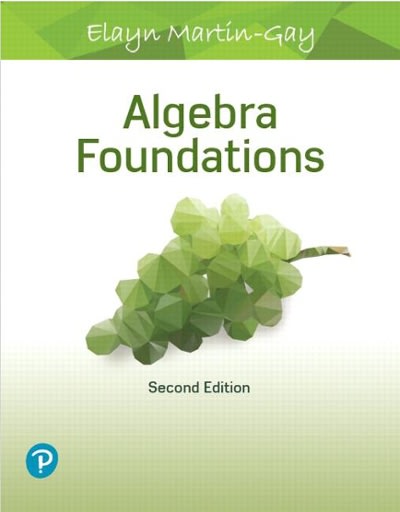Question
The Enigma machine is the most famous cipher machine to date. Nazi Germany used it during World War II to encrypt messages so that enemies
The Enigma machine is the most famous cipher machine to date. Nazi Germany used it during World War II
to encrypt messages so that enemies could not understand them. The story of the British cryptanalysts who
successfully deciphered Enigma has become the subject of multiple movies Enigma (2001); The Imitation
Game (2014). In this exercise, we will focus our attention on a simplified version of the Enigma machine,
which we name "Little Enigma." Like the real Enigma machine (picture above), this machine consists of two
key components. First, the Little Enigma machine has 5 different rotors, each of which comes with 10 pins
with numbers ranging from 0 to 9. Second, a component called the plugboard contains 26 holes, corresponding
to the 26 letters of the alphabet. In addition, 13 cables connect all possible pairs of letters. Since a cable has
two ends, one can connect, for example, the letter A with any other of the other 25 letters present in the
plugboard.
To either encode a message or decode an encrypted message, one must provide the Little Enigma machine
with a correct five-digit passcode to align the rotors and a correct configuration of the plugboard. The rotors
are set up just like many combination locks. For example, the passcode 9-4-2-4-9 means that the five rotors
display the numbers 9, 4, 2, 4, and 9 in that order. In addition, the 13 cables connecting the letters in the
plugboard must be appropriately configured. The purpose of the plugboard is thus to scramble the letters. For
example, if B is connected to W, the Little Enigma machine will switch B with W and W with B to encode a
message or decode an encoded message. Thus, a sender types a message on the keyboard, the plugboard
scrambles the letters, and the message is sent in its encrypted form. A receiver decodes the encrypted message
by re-typing it on a paired Little Enigma machine that has the same passcode and plugboard configuration.
Question 1
How many different five-digit passcodes can be set out of the 5 rotors?
Question 2
How many possible configurations does the plugboard provide? In other words, how many ways can 26 letters
be divided into 13 pairs?
Hint: Consider first a case with 4 letters only. When computing the results in R for 26 letters, remember to
compute on the log scale (see page 249 in QSS).
Question 3
Based on the previous two questions, what is the total number of possible settings for the Little Enigma
machine?
Step by Step Solution
There are 3 Steps involved in it
Step: 1

Get Instant Access to Expert-Tailored Solutions
See step-by-step solutions with expert insights and AI powered tools for academic success
Step: 2

Step: 3

Ace Your Homework with AI
Get the answers you need in no time with our AI-driven, step-by-step assistance
Get Started


